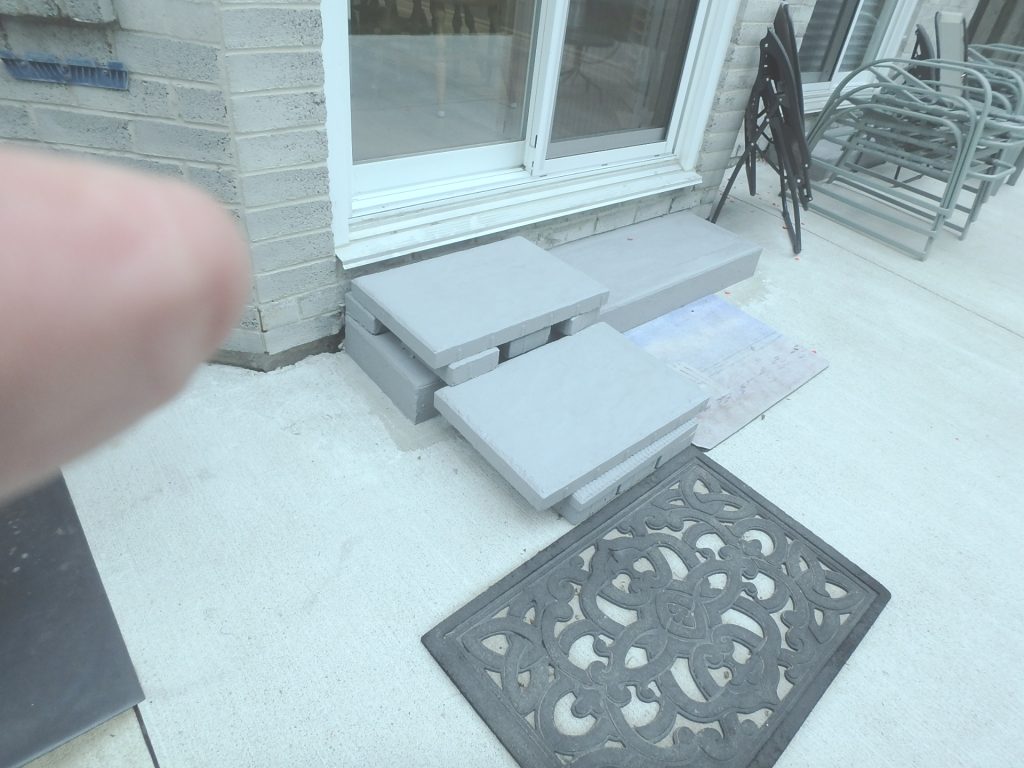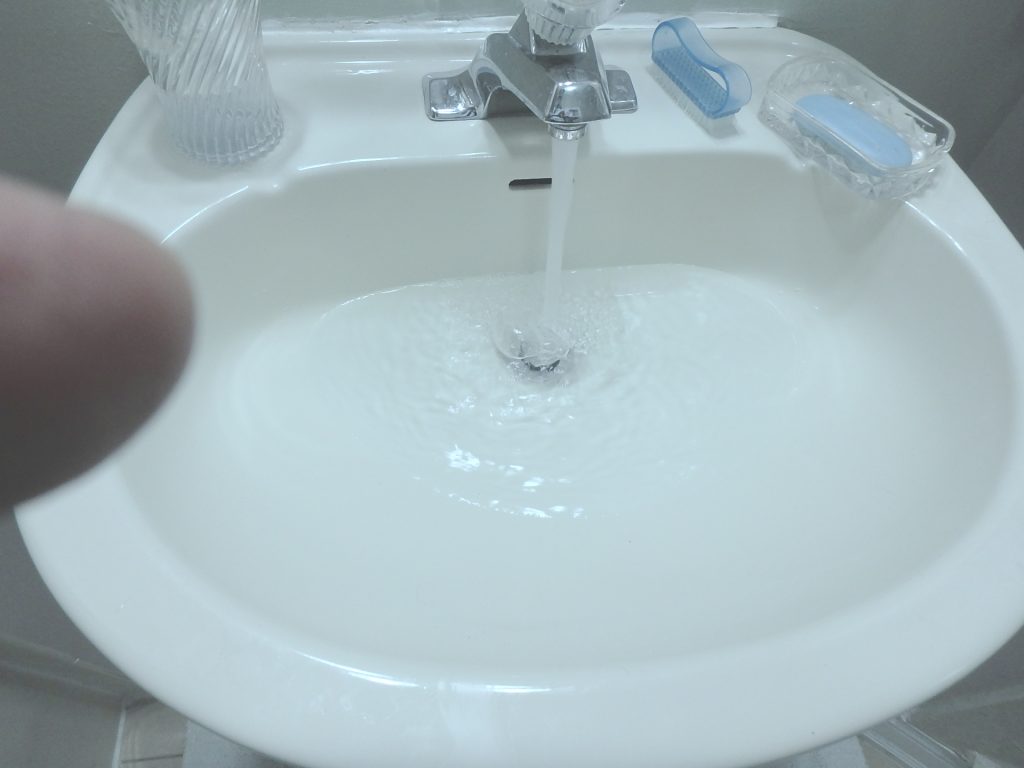
Accessibility of all parts of the house
It is important to have all areas in the house accessible for the inspection. If there is any area that is not readily accessible for the home inspector, it will simply be reported as “inaccessible.”
This can be considered a red flag for any buyer. One of the biggest problem areas for home inspectors is access to the home’s attic.
The only way to see the roof structure and the conditions of attic components is by accessing the attic hatch. The home inspector normally can check for insulation, vapour barriers, signs of roof leak, the condition of rafters, vent pipes through the roof, party walls, attic baffles and few more only by accessing the attic hatch. In most homes the hatch is located inside a closet which may unfortunately, be inaccessible due to shelving. In such cases, preparation can be done prior to listing by removing one or two pieces of shelves and may be few heavy boxes that stored on the floor as long as there is room for the home inspector’s ladder to reach the hatch.
If the home inspector can’t access the hatch and can’t check the mentioned items in the attic, one of the important parts of the home inspection will be missing and will be noted “inaccessible,” opening the possibility for damage or dangers that are not immediately known to either party.

Doing some inexpensive or “DIY” improvements before listing
Cleaning the house in details and cutting the grass, removing unsightly objects such as leftover construction materials; old rusty car parts, tires, rims; and other unnecessary objects from backyards, basements or storage areas can make a home presentable and ready for prospect buyers which a seller agent normally goes through these items with client for preparation, but from a home inspector point of view, there are more items that better be taken care of prior to the listing, here are some simple but important ones that home inspectors normally look into them while is performing inspection;
*Cleaning the gutters that are filled with either leaves or roof shingles’ granular

*Trimming the bushes or trees around gutters
*Making sure the downspouts are not loose and are extended away from the foundations
*Ensuring no big tree branches are pushing against the exterior wall or foundation
*Noticeably loose patio stones or paver around doorsteps

*Broken electrical cover plates
*Burnt out light bulbs
*Clogged drains in kitchens or washrooms

*Floor drain in the basement not to be covered
*Access to the attic hatch
All above mentioned items are not technical or difficult tasks and could be done by most homeowners.
If the homeowner has a pre-listing inspection done, a home inspector will suggest the best method for fixing defects. Homeowners have a choice to either have issues fixed or to provide the buyers with the report of the pre-listing inspection. That way there will be no surprises for the buyers and both parties will go into a negotiation with a positive attitude.
